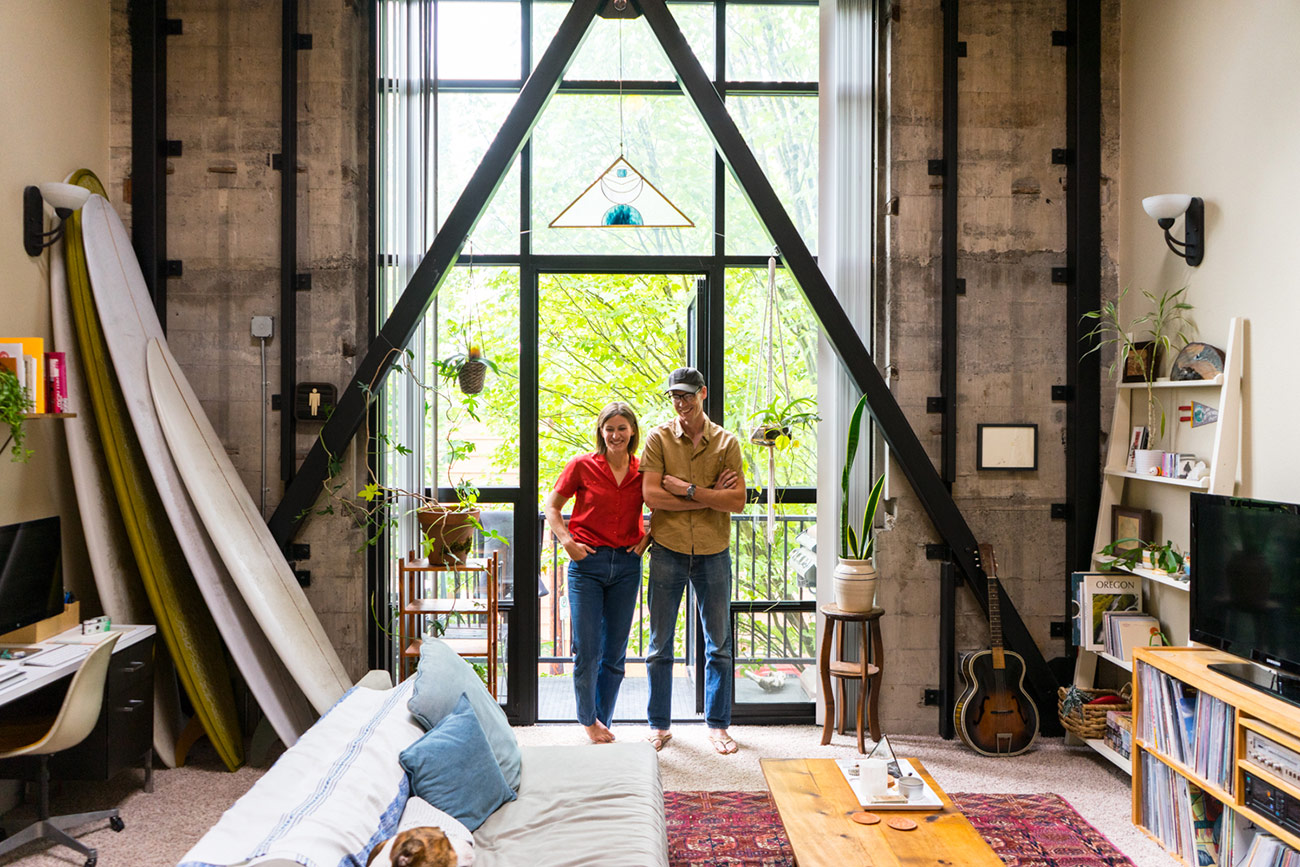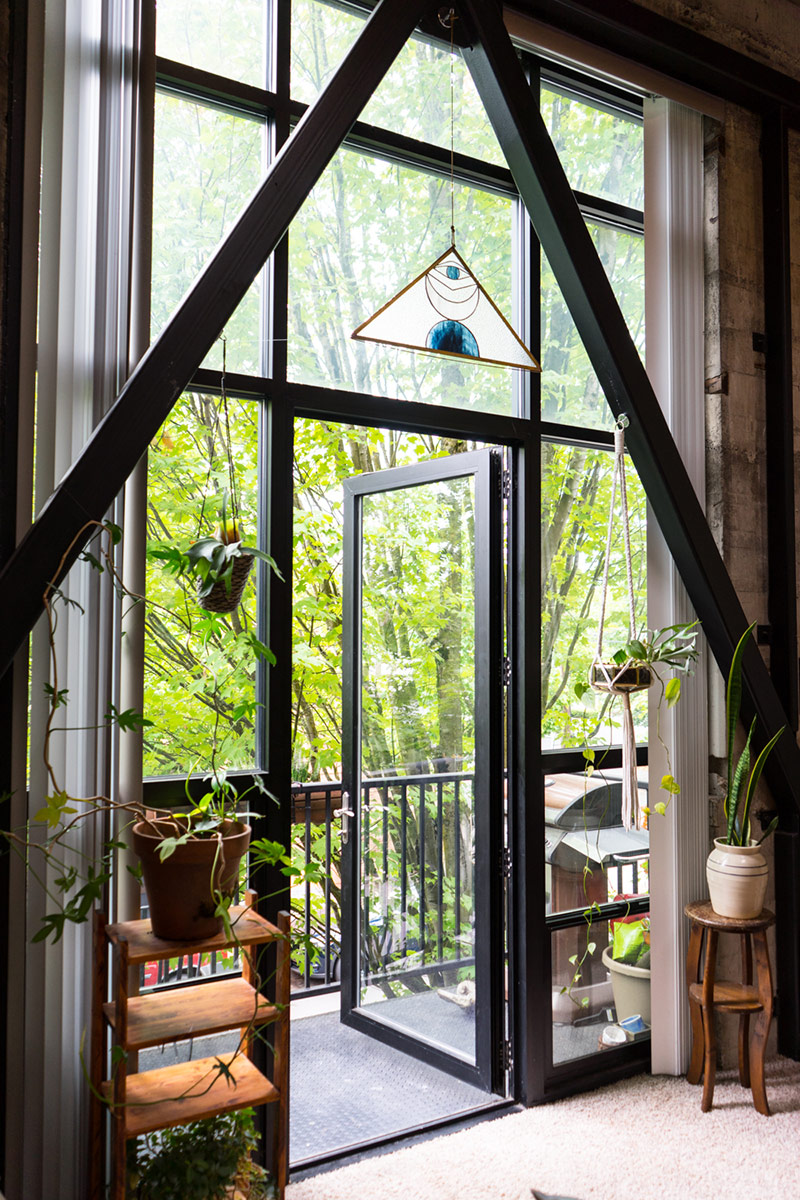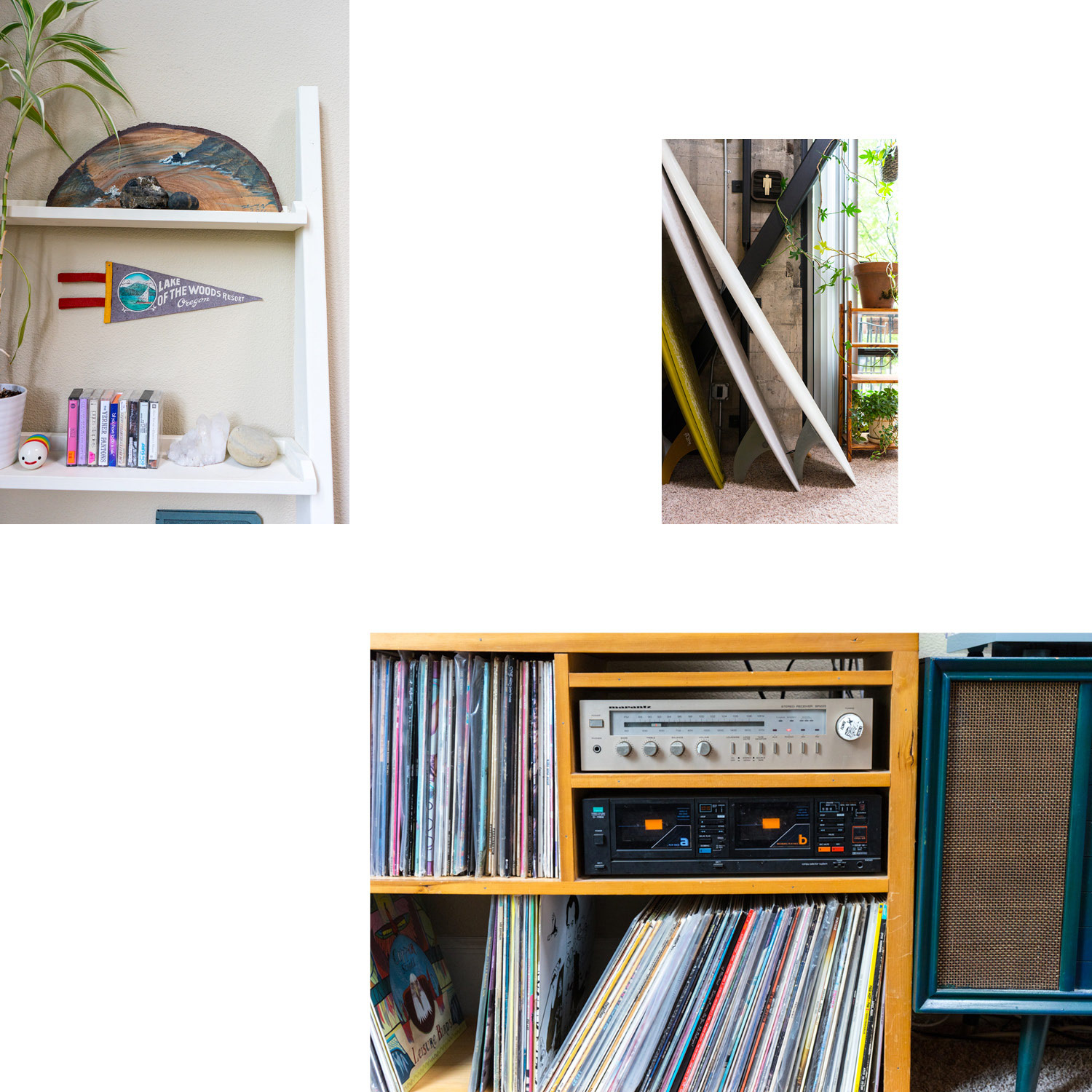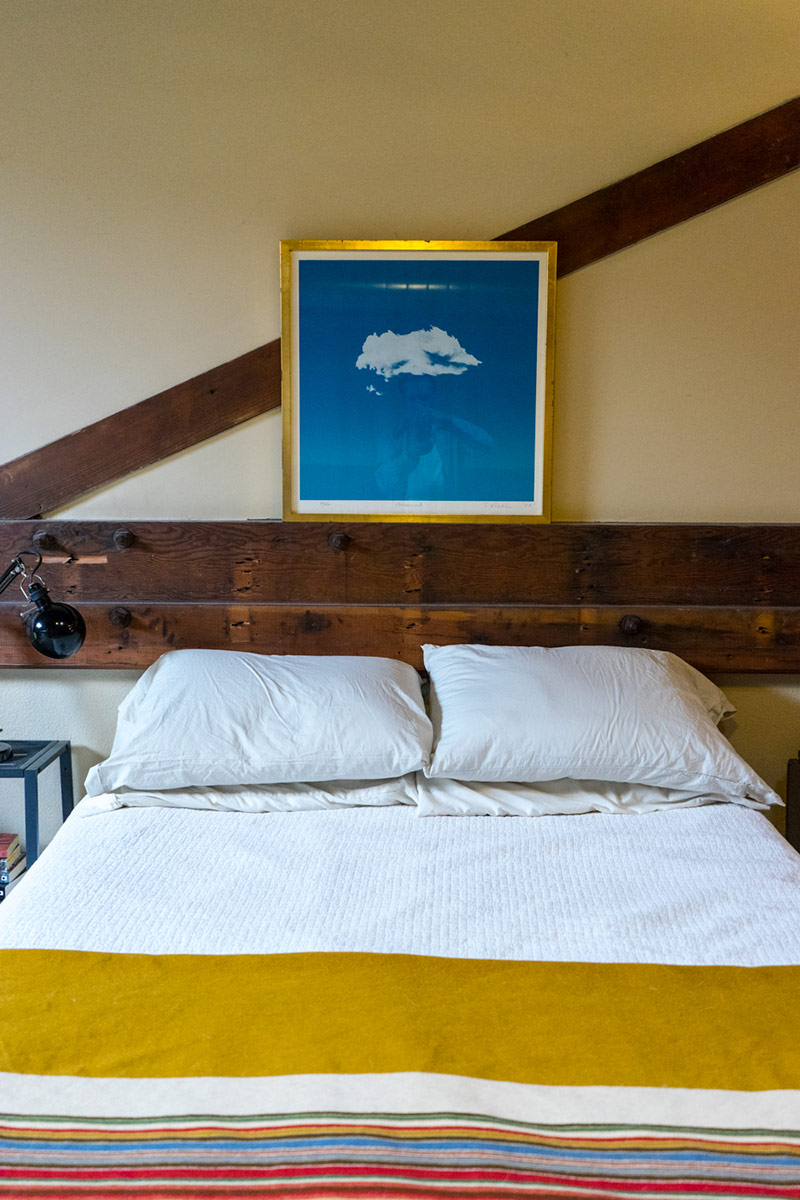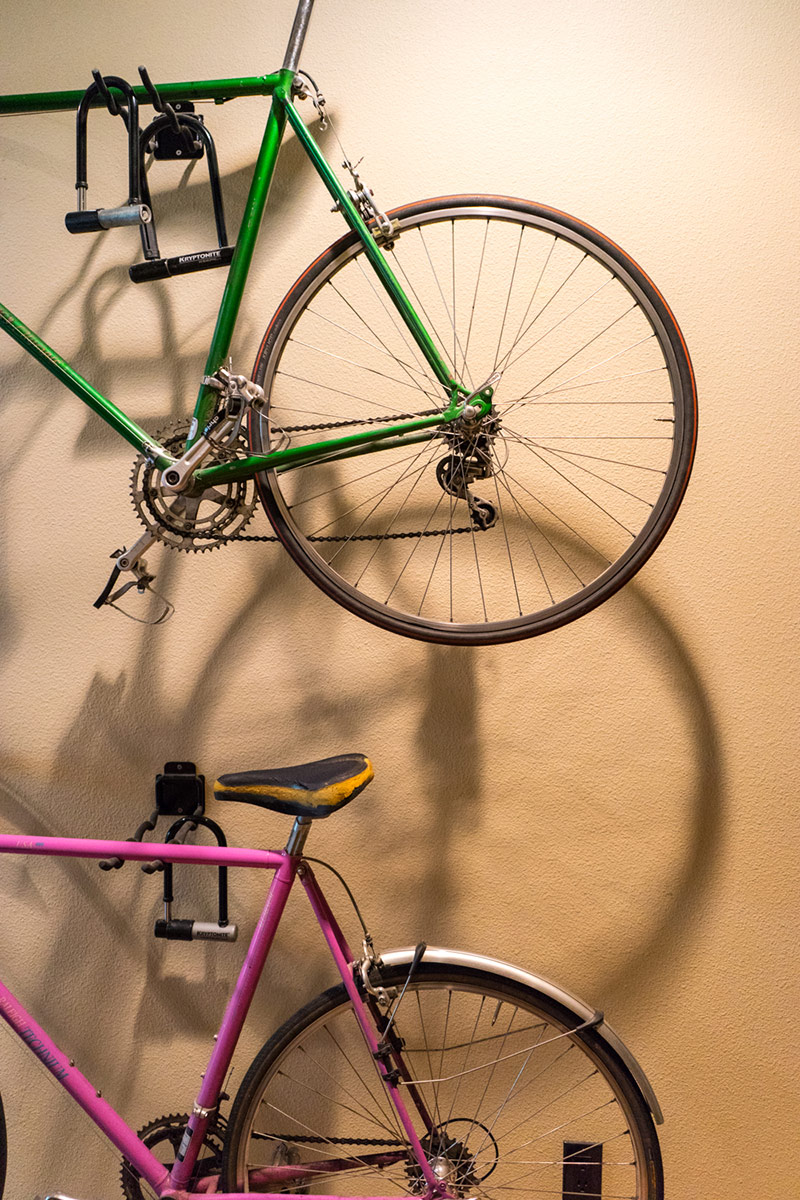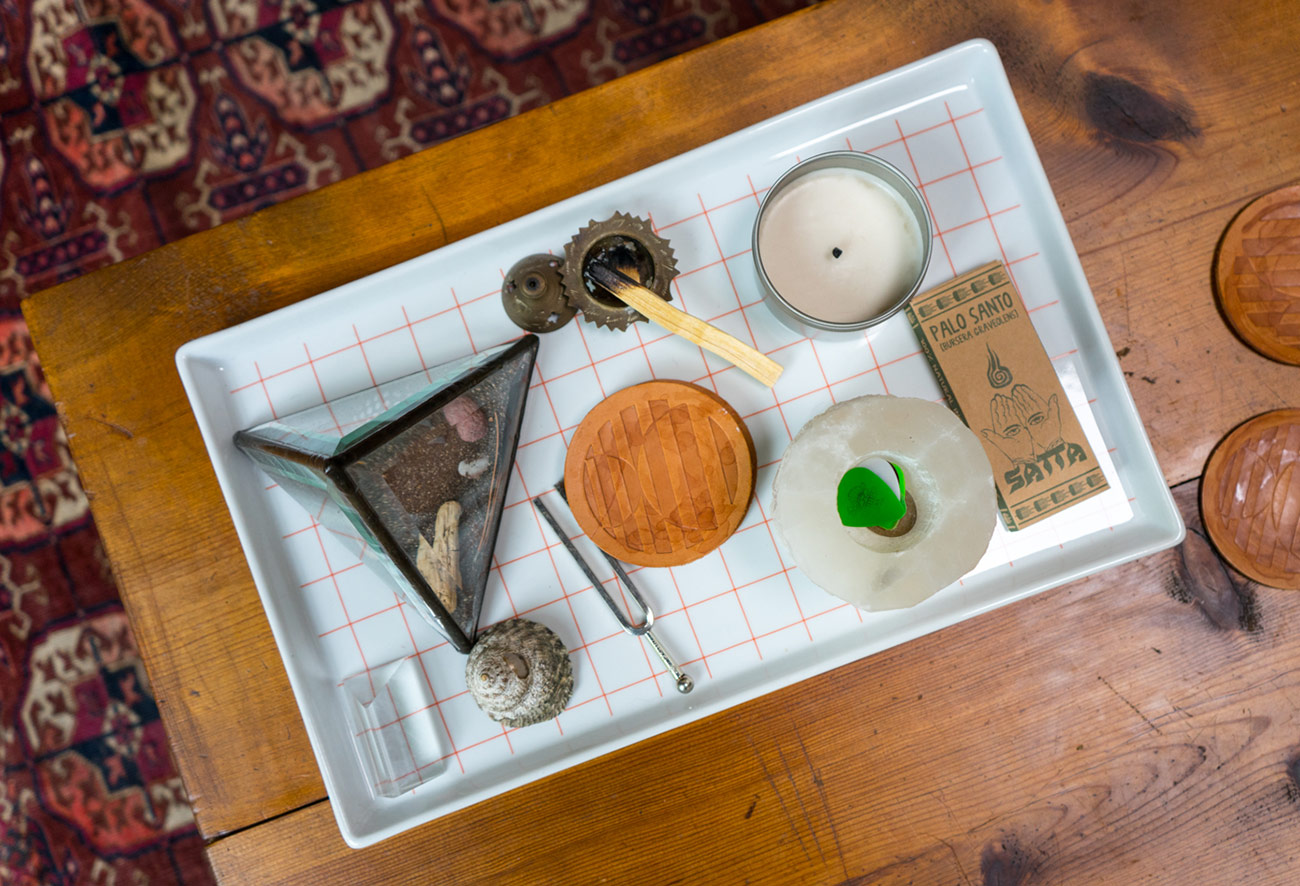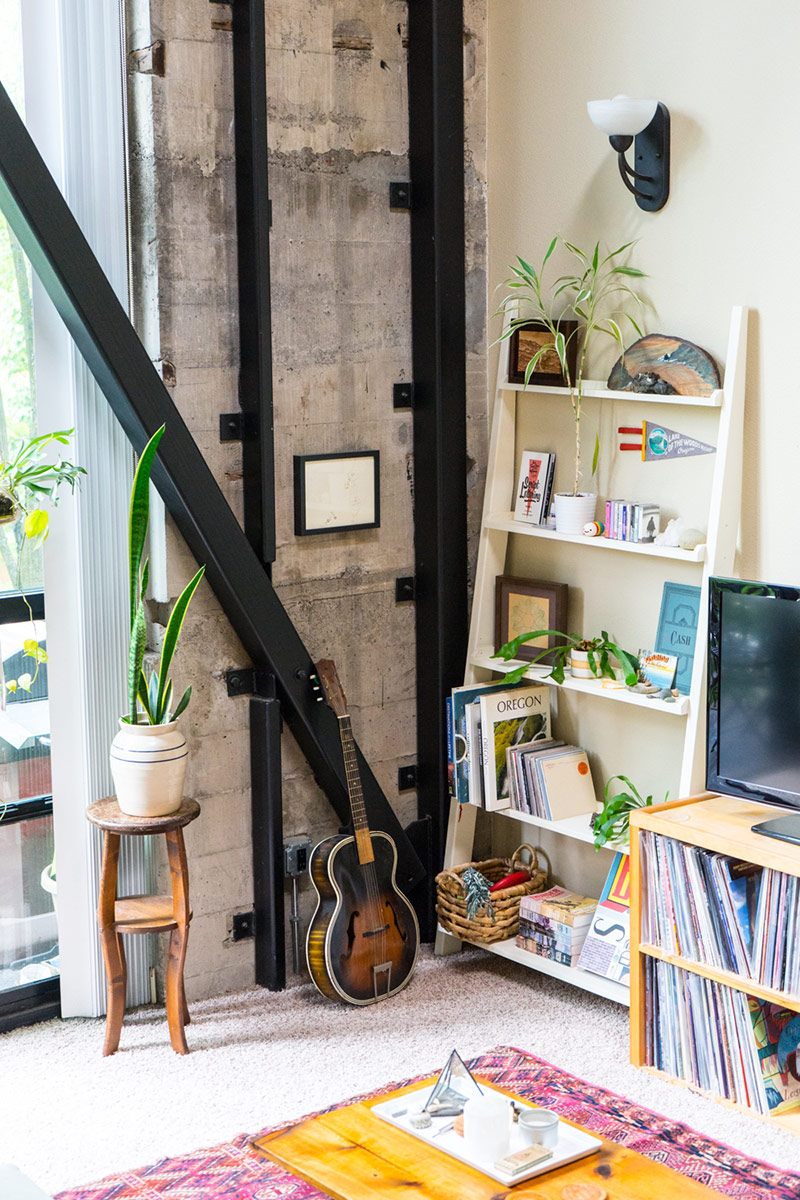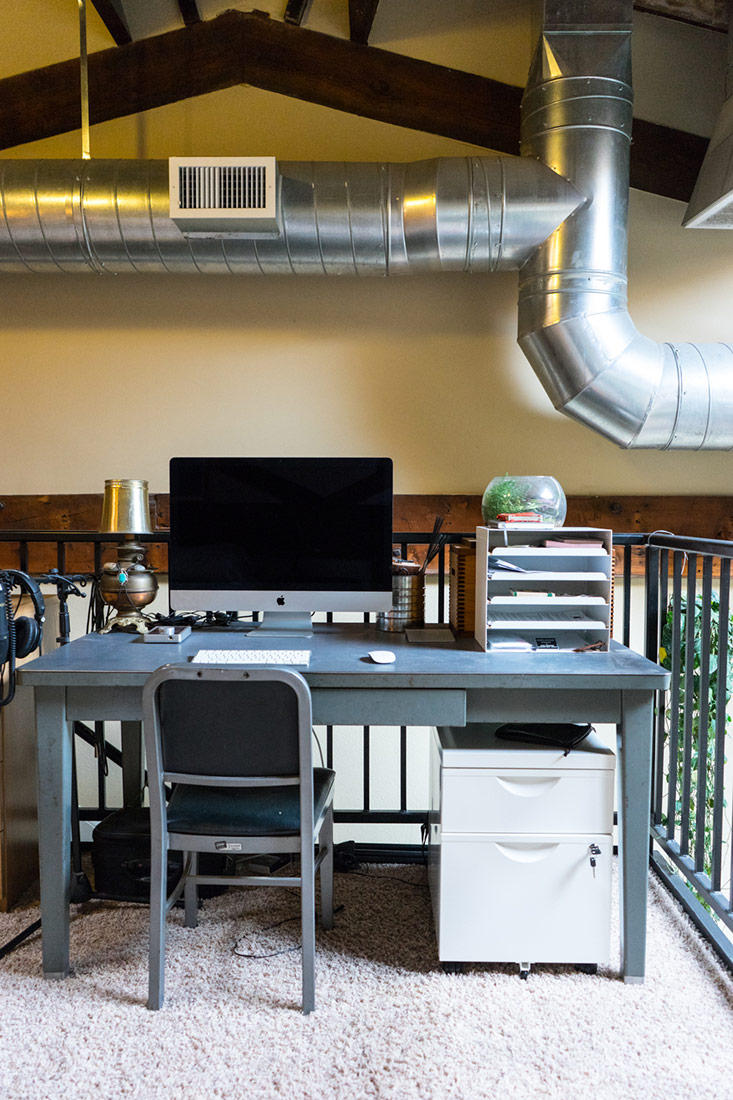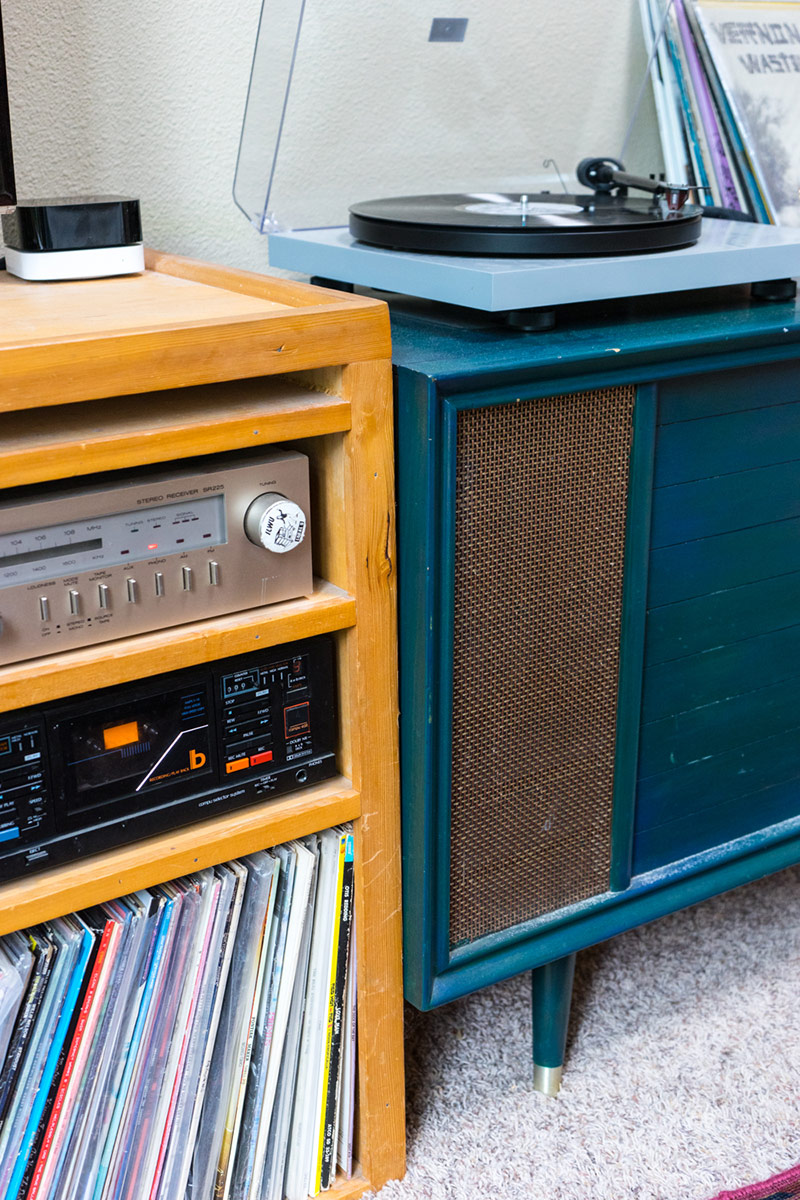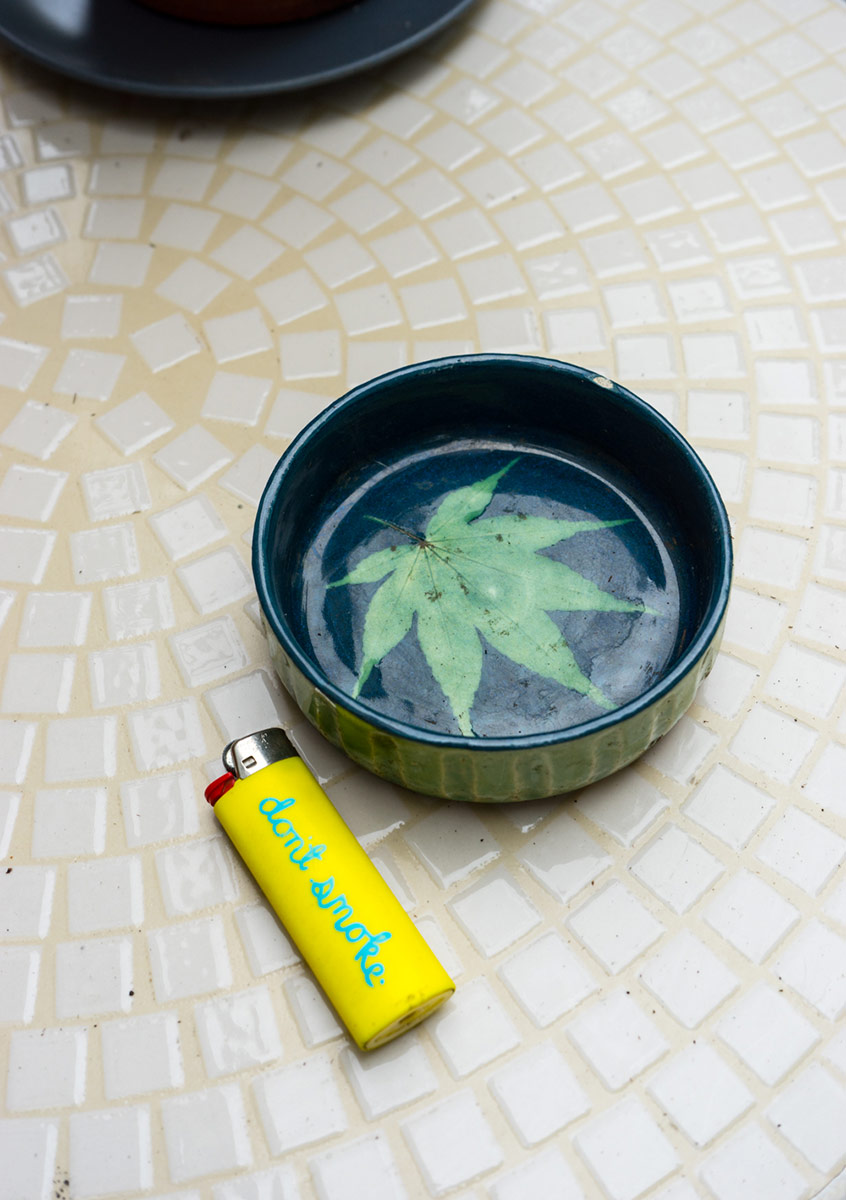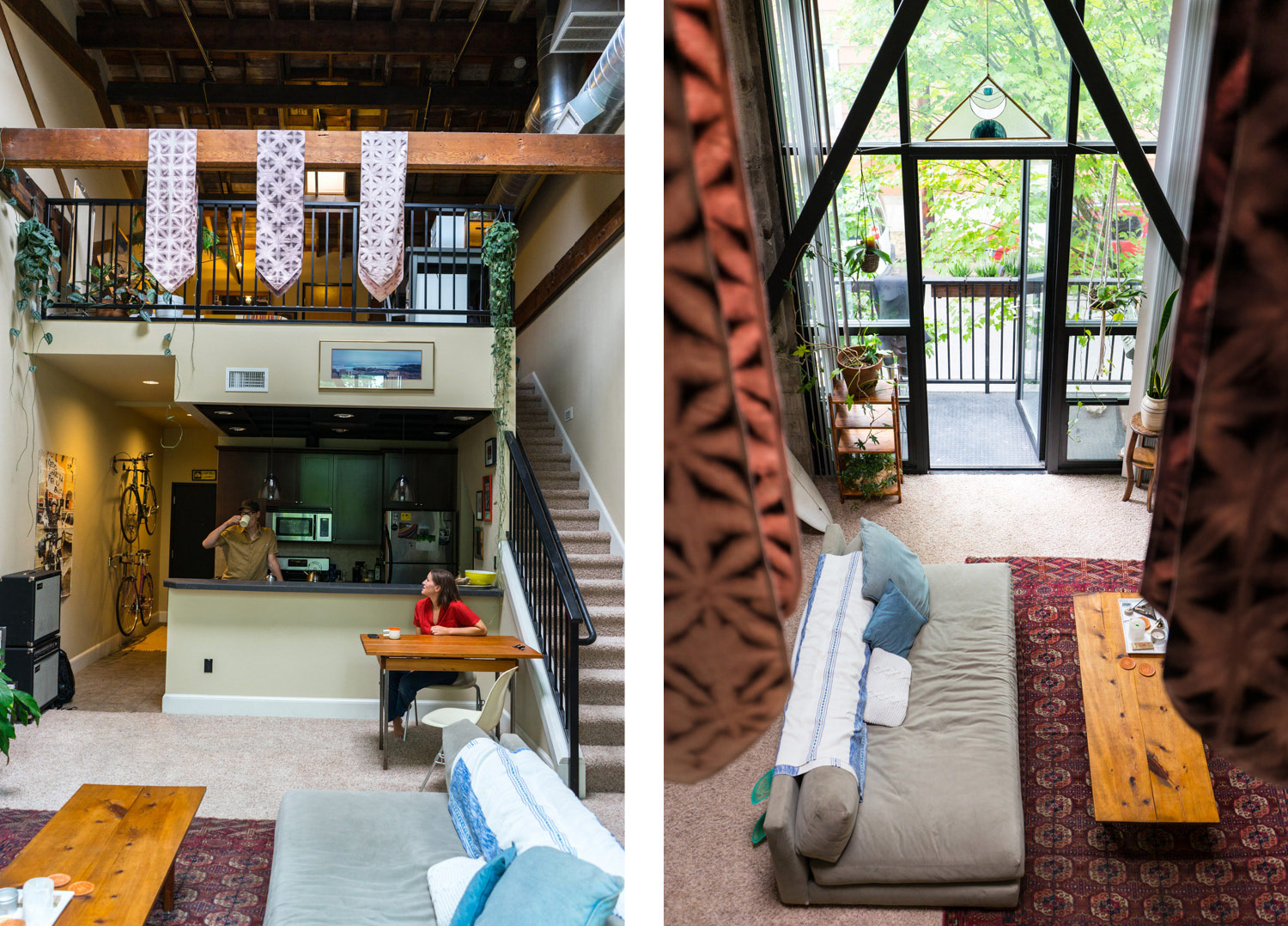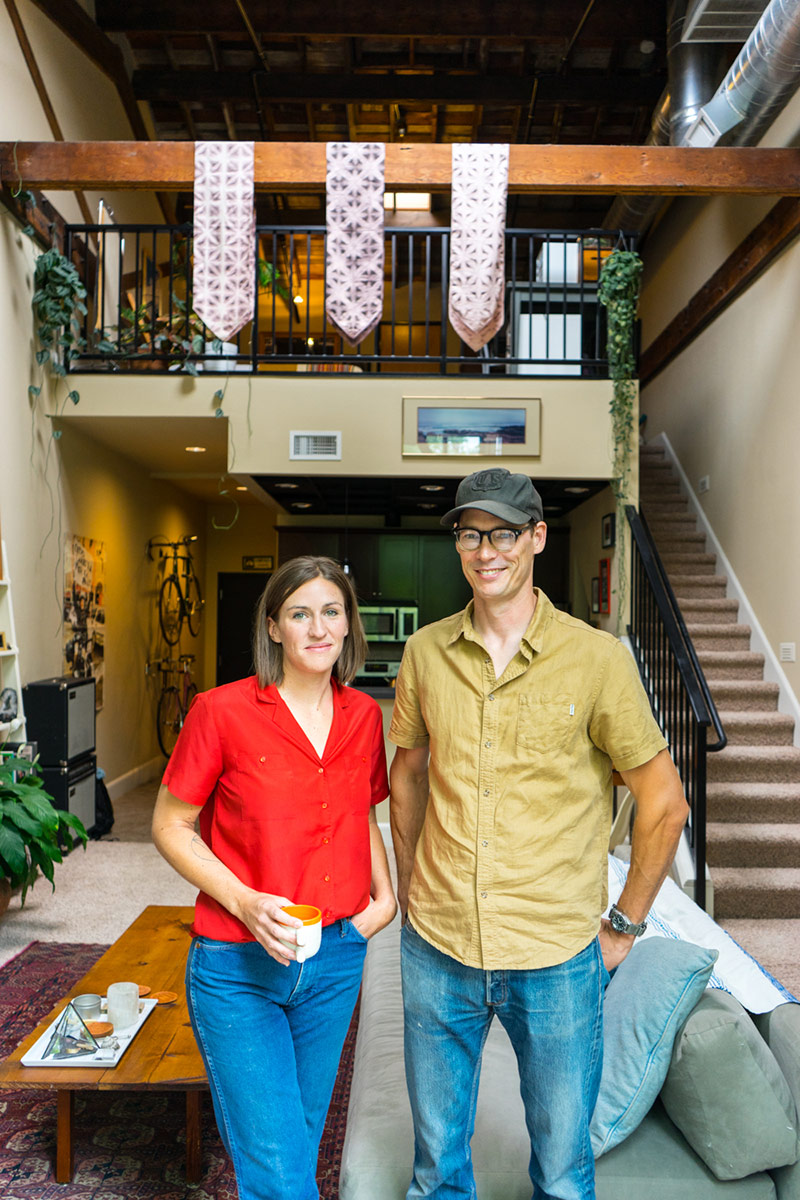Who are you? Tell us a little about yourself.
Hi, Hello! I am Lyndsey Lee Faulkner. I am a graphic designer / art director and surf shop owner. Leeward is my main project and where I spend the majority of my time right now. It’s a small surf shop in Portland, OR. Our mission is to create a space where surfers, shapers, designers and artists can feel supported in their endeavors. We’re trying to encourage exploration in surf craft and to be a resource at the intersection of surf, art and design. We also try to use the shop as a platform to rally folks around causes we believe in, which include environmental activism, sustainable manufacturing, and utilizing surfing as a tool to create positive change in people’s lives. We hope to inspire our surf community, be curious, dig a little deeper and think more critically.
Where are you from? How long have you lived here in Portland and what drew you to the area in the first place?
I was born in Florida, and then spent ages 1-8 in Palm Springs, CA of all places, then moved back to Melbourne Beach, Florida for my formative years. I moved to Portland in 2007, straight out of my undergrad program in Jacksonville, FL. My folks moved to Seattle around 2004, so I was spending time in the PNW and I pretty much fell head over heels in love with the landscape, the people, and culture.
Coming from Florida, how was the transition to living in the PNW?
I definitely had to learn how to properly layer, and how to wear socks, boots, beanies and rain gear. That said, I don’t remember the weather bothering me a whole lot my first few years. Probably because I was so infatuated with the city and everything that was going on at the time. Right out of the gate I landed a job at a record store, and had an internship at a great little record label called Hometapes (now Endless Endless) and was attending graduate school, so I had plenty to keep me busy.
Portland was still relatively cheap back then, and so everyone was able to work just enough to get by, and then make art and music or whatever in their free time. There was always a free basement show, art shows and happenings. Winter presented an opportunity to hunker down and make shit, and summer is the time to be outside.
As a graphic designer by trade, how did you first decide to open a surf shop in Portland?
A lot of my graphic design work had been in retail applications, and through college I worked mostly retail jobs so I was really familiar with the ins-and-outs of retail operations. My favorite jobs always had a lot of variety, and retail allows me to do design work, art direct photo shoots, curate and merchandise alongside a lot of other (not as fun but important) things. I really enjoy being self-employed, so starting my own business seemed like a good idea. My brother Matt was really supportive of the idea, and agreed to partner up with us to get it going.
I’ve been surfing since my family moved back to Florida in 93. Honestly, I thought I was giving surfing (temporarily) up when I moved to the NW. I sold all my boards except for one to travel with. Oregon is cold, sharky, and the conditions are often fickle and unforgiving. But when I met my now husband, who happens to be from the Oregon coast, and realized I would be living here for the long term, I had two options: 1) Give up surfing except for the odd trips to warmer climates and suffer in between. Or 2) Suck it up, buy that 5m suit and booties and get after it. I was really lucky to have my husband Marc as a guide. Even though he’s not a surfer, he grew up on the coast and had all the good intel.
Over the years I have been seeing more and more folks in the water here. It seems totally natural, there are just more people moving here all the time. Many are here for Portland’s proximity to outdoor activities. As the lineups filled in, what I saw lacking in the Portland community was a resource that provided a space for community and culture. I was meeting other surfers — a lot of them coming to surfing from snowboarding or skating, later in life that didn’t have the cultural context I grew up with. I wanted to fill that void with a business that would aim to guide Portland surf culture in a direction that was thoughtful, respectful (especially when it comes to our coastal communities and environment), interesting and unique.
Curating the shop has to be a fun challenge. How do you decide what to carry in Leeward?
I probably should have some strategy or specific criteria for this, but honestly I like to keep it kind of open. I enjoy that we have a collection of vinyl records, exclusive bags made from a ream of velvet I scored at an estate sale, Made-in-USA swimwear, vintage apparel and home goods, fins and hand-shaped boards all in the same space. It’s quite an eclectic variety of goods. I am personally obsessed with design and surf history, so I suppose that probably comes across in our selections. I feel like it’s important to know where you’ve been to know where you’re going.
I do care a lot about quality, especially when it comes to apparel. I believe less is more. I want pieces that are unique and last a long time — that is probably why we stock a lot of vintage apparel. We try our best to work with brands that strive for sustainability in their manufacturing, whether thats using organic fabrics or manufacturing domestically—we carry brands like Mollusk, The Seea and Banks Journal.
